Supporting Advanced Nuclear Power: Strategy Report
Summary
This report was last updated in November 2024. For our most up-to-date research on supporting advanced nuclear power, please see our strategy report on unleashing clean energy in the U.S.
- What is nuclear power? Nuclear energy is released from the core of an atom and can be harnessed for electricity generation or heat. Nuclear power accounts for around 10 percent of the global electricity supply. Recently, there has been increased focus on advanced nuclear fission reactors that are designed to be safer and cheaper than traditional large light-water reactors.
- How could nuclear power reduce greenhouse gas emissions? Nuclear power can reduce greenhouse gas (GHG) emissions if it replaces or avoids carbon-emitting energy sources. We think the most promising and large-scale GHG reduction opportunity comes from nuclear power’s ability to complement renewable energy sources by providing a steady source of electricity regardless of seasonal or environmental factors. As a dispatchable power source, nuclear power can also provide reliable energy, short-term flexibility, and enough capacity to meet high demand when needed. Additionally, some types of advanced nuclear reactors have use cases that can help decarbonize hard-to-abate sectors.
- Theory of change: US nonprofits have supported advanced nuclear reactor research, development, and deployment (RD&D) through domestic- and export-focused policy advocacy, community engagement, and licensing reform. These inputs can help derisk nuclear projects, establish a more predictable path for licensing, increase federal funding and support, and decrease community opposition to nuclear projects. We think these factors influence whether companies can profitably scale advanced nuclear reactors. A successful deployment model in the US and reduced costs could have international spillover effects, such as through technology transfer, exports, and leasing.
- What is nuclear power’s cost-effectiveness? We developed a highly subjective rough-guess cost-effectiveness analysis (CEA) to estimate the costs and effects of nonprofits’ efforts on increasing advanced nuclear reactor deployment. We have low confidence in this CEA and do not think it should be taken literally, but generally view it as a slight positive input to our overall assessment of nuclear power.
- Is there room for more funding? We think nonprofit advocacy for nuclear power is relatively neglected when contextualized against the greater environmental movement and has room for more funding.
- Are there major co-benefits or potential risks? Nuclear power is the least land-intensive source of electricity production. Also, per unit of electricity generated, nuclear power is safer than fossil fuels and as safe as wind and solar. Potential risks include nuclear waste disposal, environmental and procedural justice concerns, and potential safety and nuclear proliferation risks.
- Key uncertainties and open questions: The future cost-competitiveness of advanced nuclear reactors is uncertain, and nuclear power may not be a large part of a future carbon-free energy mix. We think there are also some open questions about where to best direct philanthropic funds to support advanced nuclear reactors (e.g., innovation in the US versus other countries).
- Bottom line / next steps: Although there is substantial uncertainty on advanced nuclear reactors’ future costs, we see value in supporting nuclear power as a way to diversify energy portfolios given the mix of advantages and disadvantages that different sources of electricity production provide. We also think advanced nuclear reactors have value propositions outside the electrical grid, such as heat and hydrogen production for decarbonizing heavy industry. Our theory of change rests on supporting an ecosystem of nonprofits working on policies supporting advanced nuclear reactor innovation in the US, given that the US is important for designing and demonstrating these technologies before they are exported elsewhere.
This report was last updated in October 2024.
Support Our Work
Giving Green Fund
One fund. Global impact. One hundred percent of your gift supports a portfolio of high-impact climate organizations, vetted by our research.
Best for:
Donors who want the simplest way to impact multiple climate solutions.
Top Climate Nonprofits
Meet the organizations on Giving Green’s list of high-impact nonprofits working to decarbonize our future, identified through our rigorous research.
Best for:
Donors who want to give directly and independently.
Support Our Work
We thoroughly research climate initiatives so you can give with confidence. For every $1 we receive, our work unlocks another $21 for effective climate solutions.
Best for:
Donors who want to amplify their impact through research.

.png)

.png)

.png)





.png)




.png)
.png)

.png)

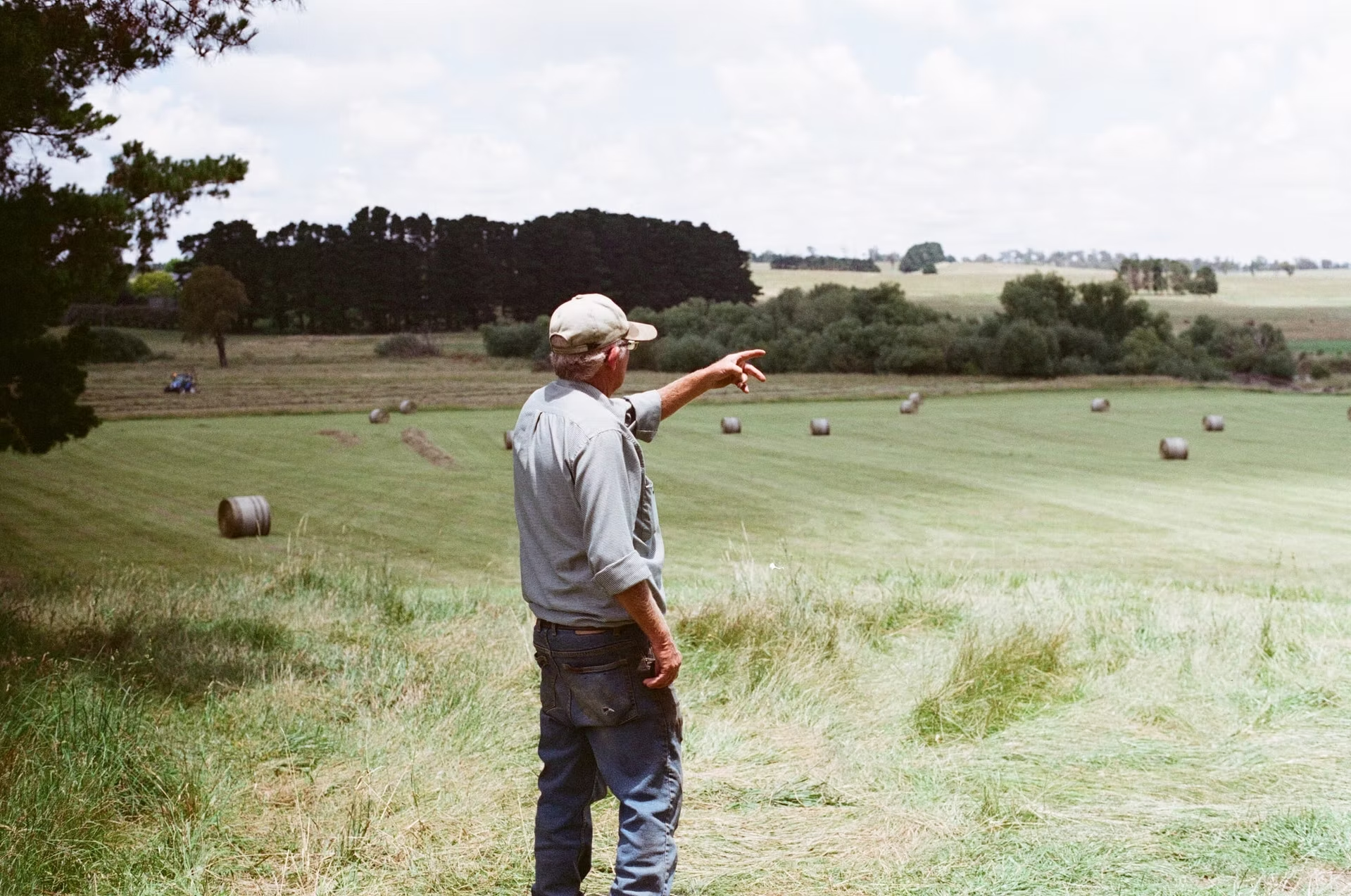
.png)
.png)

.png)
.png)

.png)
.png)



.png)


.png)



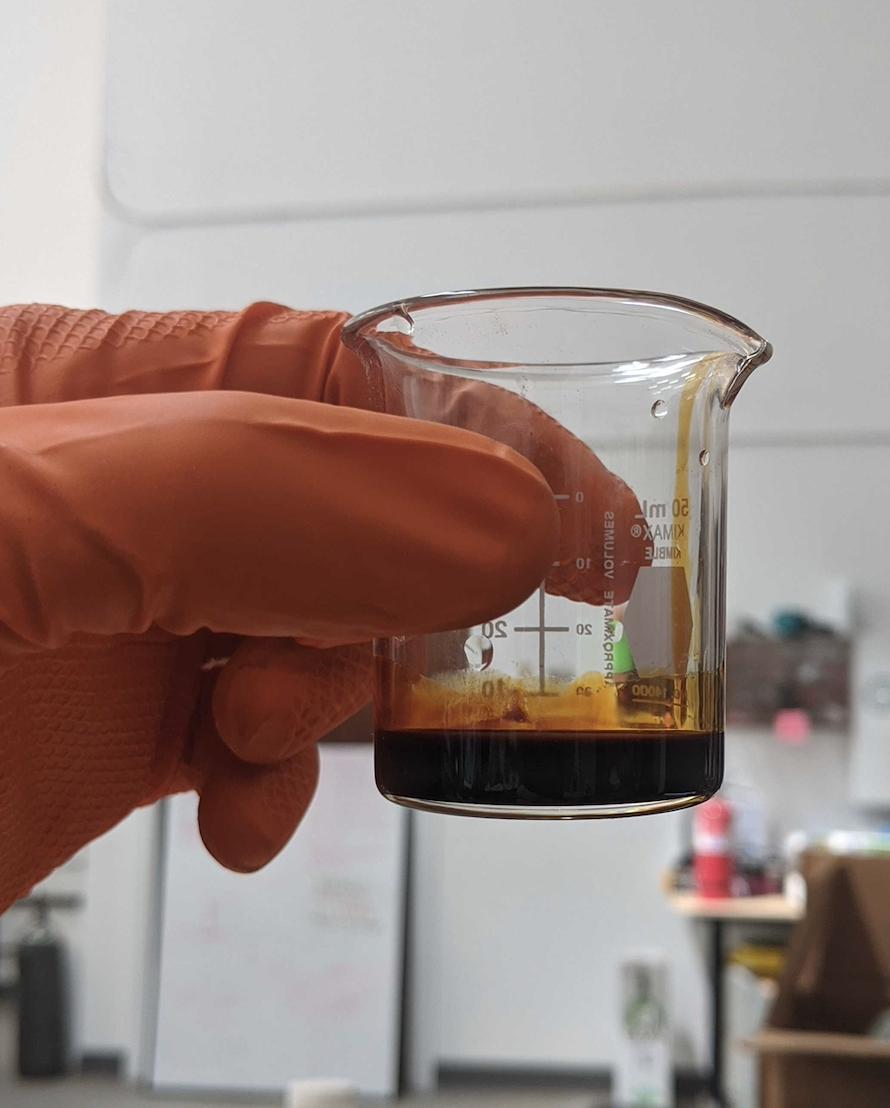

.png)
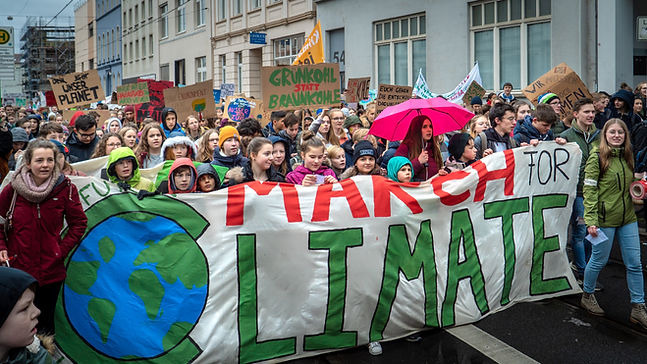
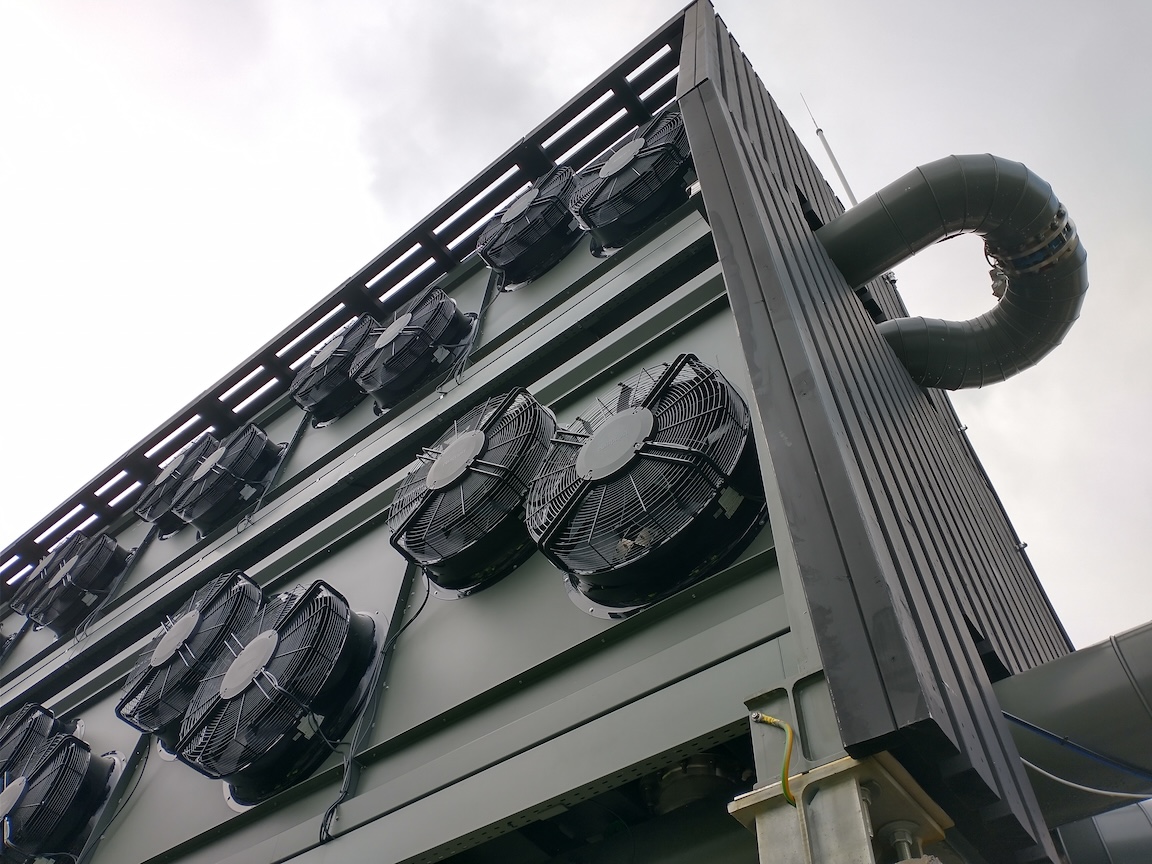
.png)


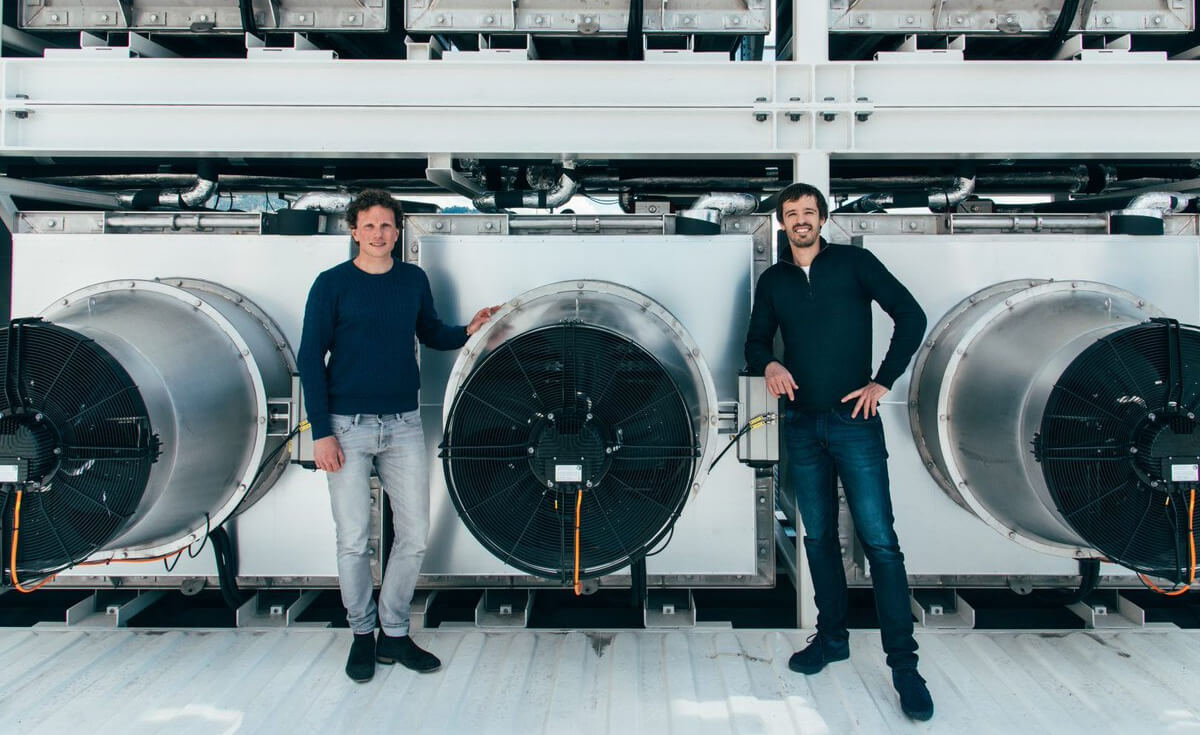

.png)


.png)
.png)
.png)
.png)
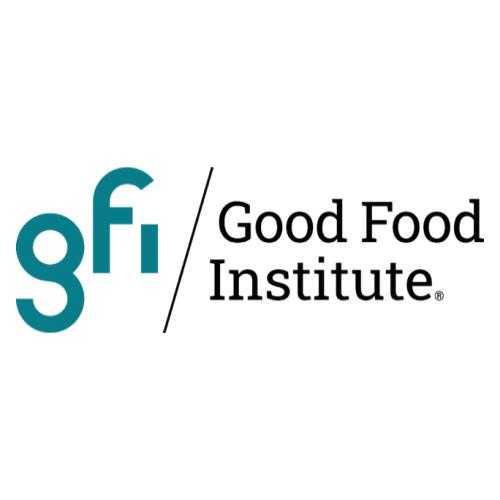
.png)


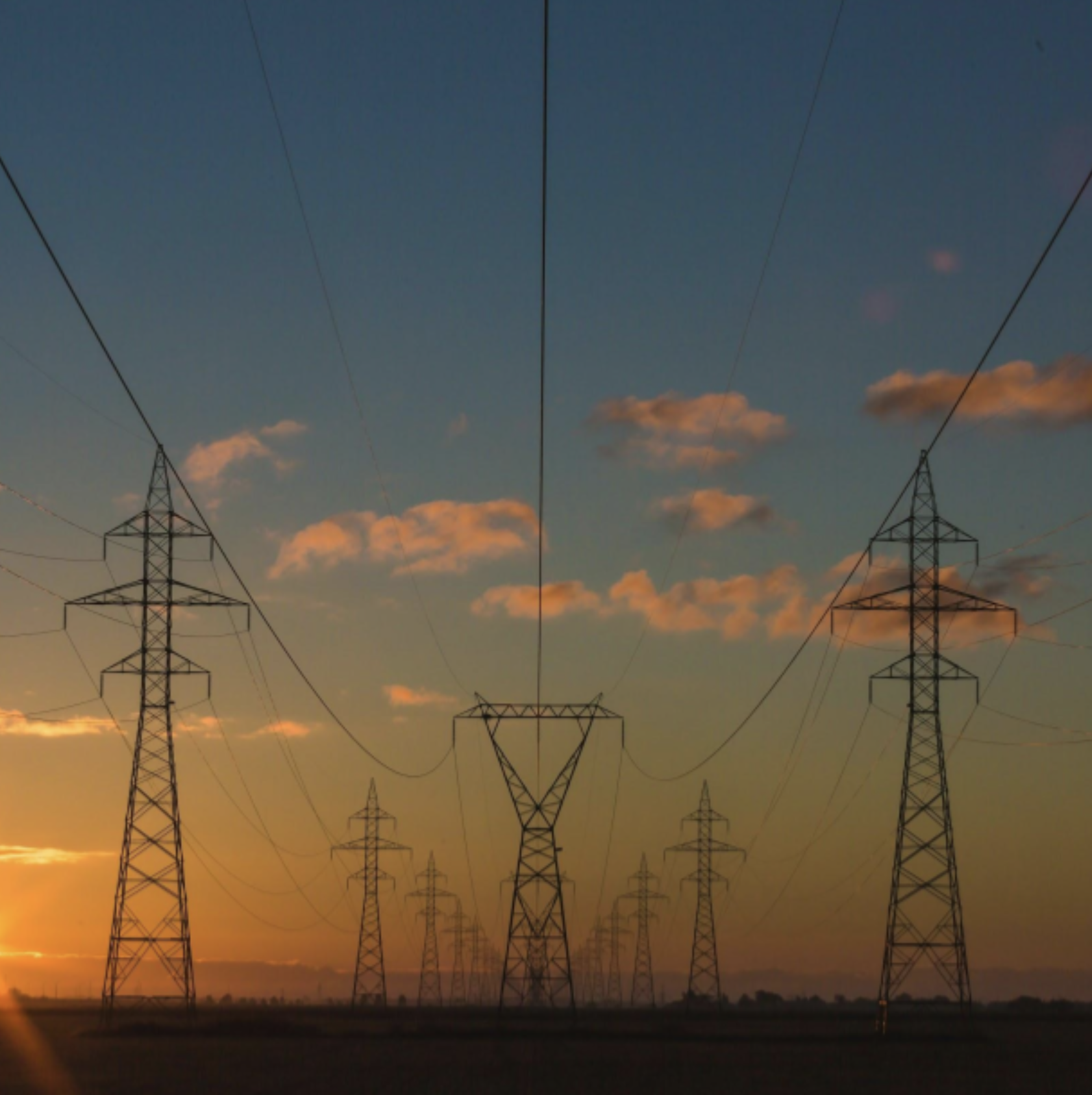

.png)
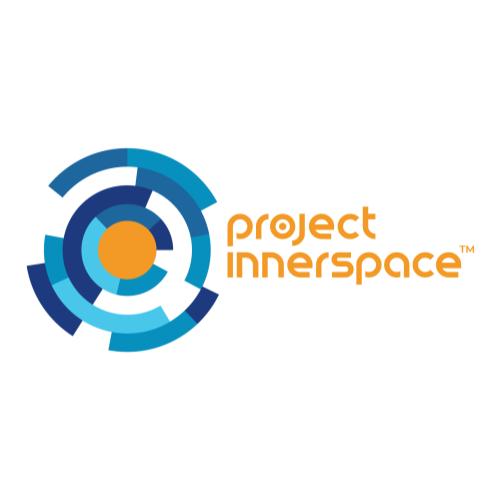
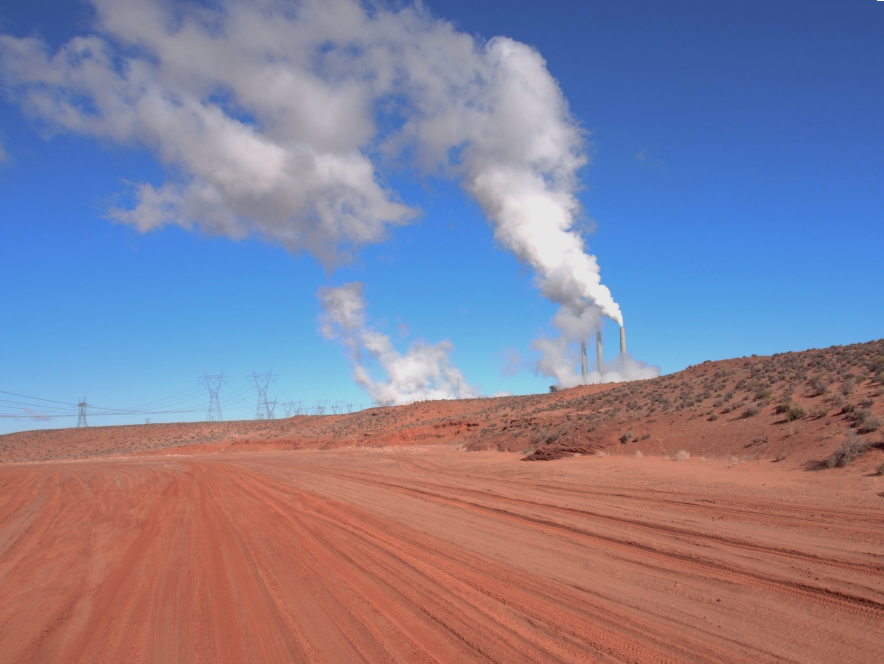
.png)
.png)



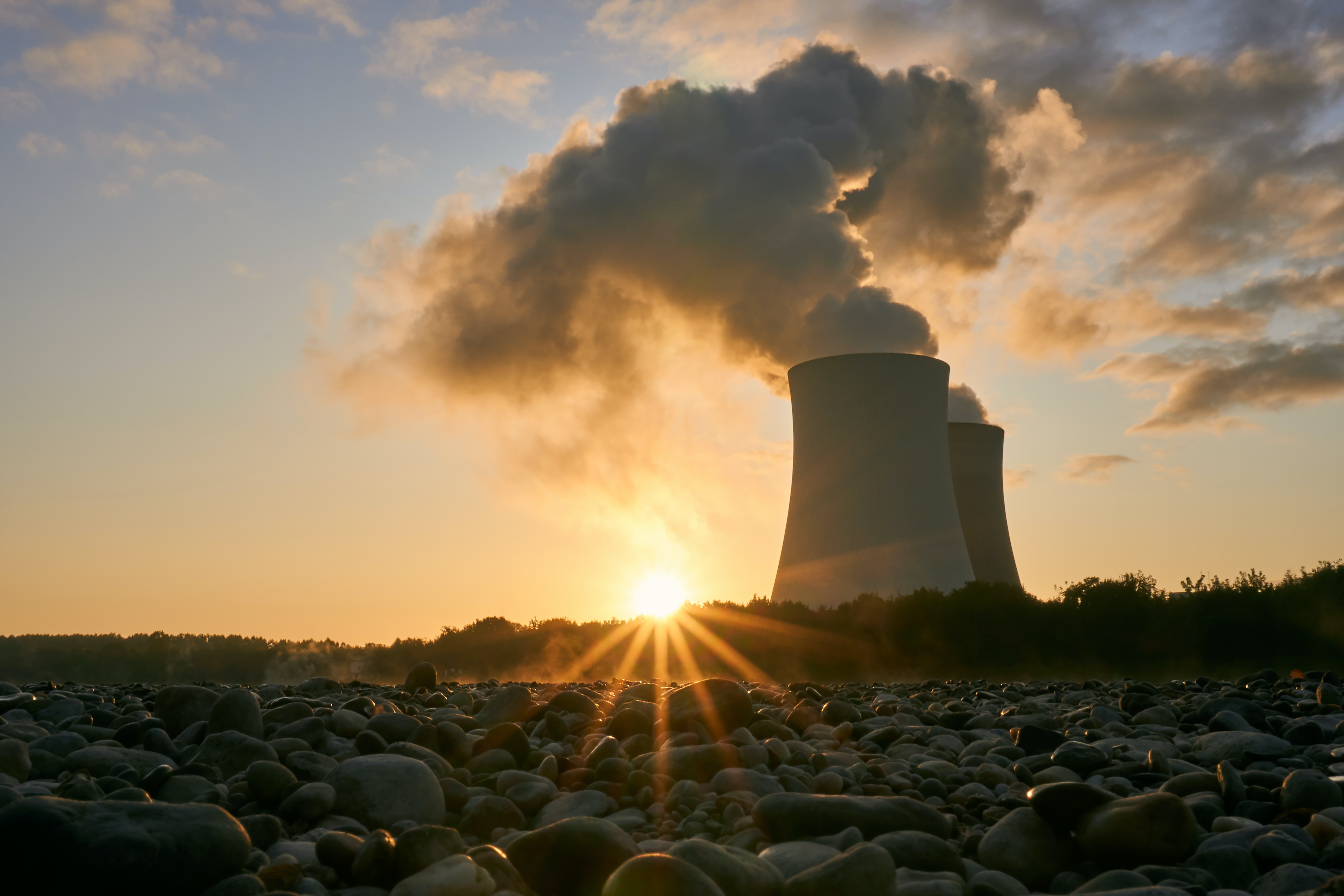
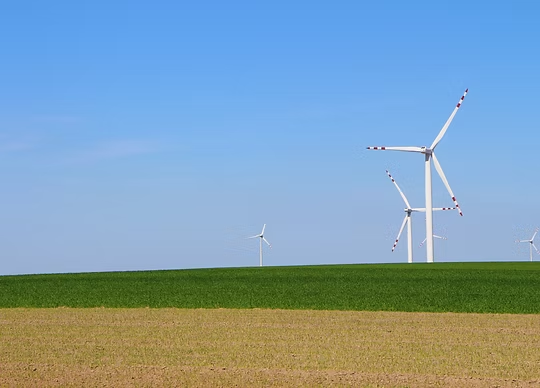



.jpg)

.png)
.png)
.png)
.jpg)
.png)
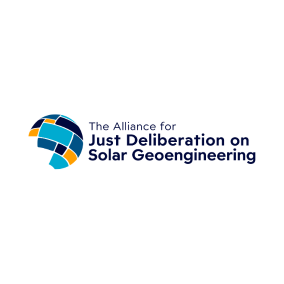
.png)


.png)
.png)
.png)

